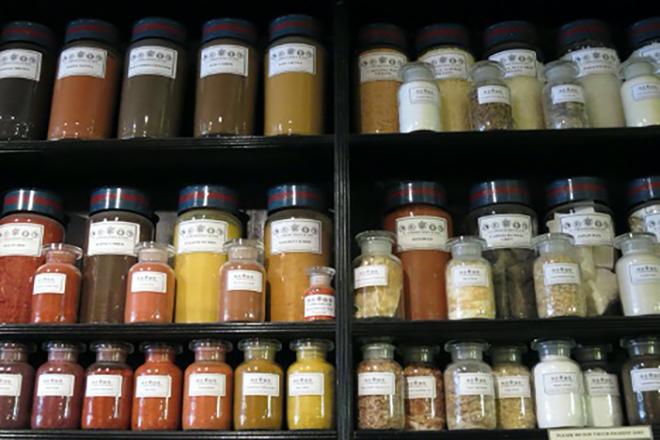Ochre

Credit: Ochre pigments and paint additives and resins at Cornelison and Sons, London by Heather C. McCune Bruhn, 2014., licensed under CC BY-NC-SA 4.0
Resource Description
Ochre, which is essentially rust (iron oxide), is humankind's first pigment, and one of the most plentiful sources of color on earth. Ranging from red to orange, yellow, brown and even violet depending on trace minerals and moisture levels, it is extremely stable and fairly non-reactive. It can be prepared very easily (colored rocks and soil can be crushed, washed, and mixed with a binder to make paint), and was first used by humankind around 100,000 years ago. It is still in use today. This module introduces ochre pigment and explores its use in three case studies: Blombos Cave in South Africa, in Italian Renaissance frescoes, and in environmental cleanup.

